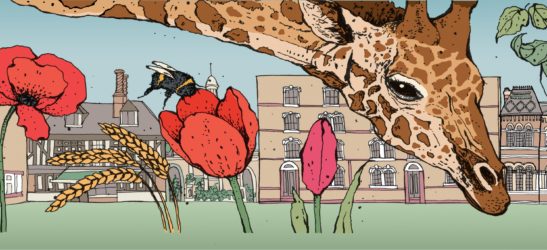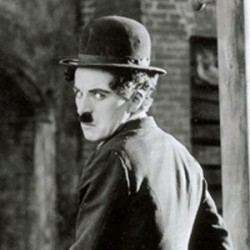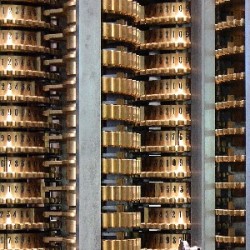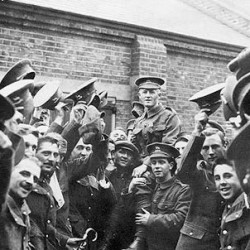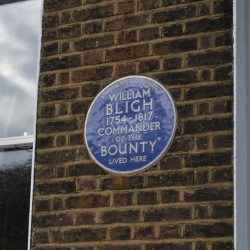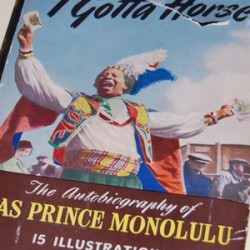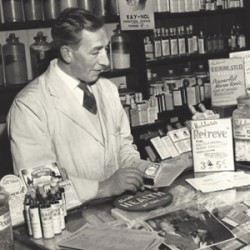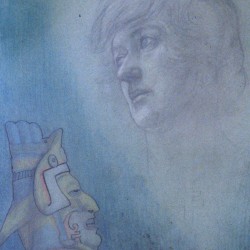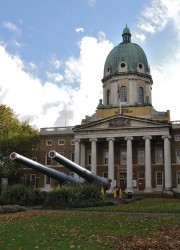That’s because this pleasant but ordinary little park is the last remnant of one of London’s great historic leisure attractions – the Royal Surrey Zoological Gardens.
Surrey Gardens, to give it its usual name, was a merger of two older forms of entertainment: the pleasure garden and the menagerie. Pleasure gardens, like those at Vauxhall, were public parks with other amenities such as rides, cafes, and performance spaces, hugely popular in the 18th century. Menageries were private zoos, the most famous of which was at the Tower of London.
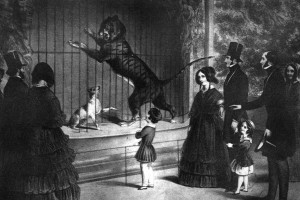
By the early 19th century though, both faced serious problems. Pleasure gardens had gained a reputation for seediness and debauchery while a new style of zoo was supplanting the menageries. The Zoological Society of London (ZSL) opened Regent’s Zoo in 1828. It took in the Tower’s animals in 1835 and became an instant hit that’s still going today (albeit better known as simply London Zoo). In contrast, menageries, such as the one at Exeter Change (near Charing Cross) were in crisis. Their star attraction, Chunee the elephant, was put down in March 1826 after killing his keeper and ZSL twice rebuffed owner Edward Cross’s offers to manage the new zoo and bring his animals with him. Since he couldn’t join ZSL, Cross decided to beat them.
In the early years of Victoria’s reign, London was the capital of a global empire. There were more Londoners, with more money to spend, than ever before. People wanted to get away from the noise, grime, and stink of the city and were hungry for new, exciting forms of entertainment.
All Cross needed was to find enough space. He found it in the area between Walworth Road and Kennington Park Road, formerly the grounds of Walworth Manor House. In 1831 Cross founded the Surrey Literary, Scientific and Zoological Institution to raise the money necessary to purchase the site from Lord Holland. The Institution paid £40 for the land and paid Cross £3,500 for his animals. Surrey Gardens opened shortly after. It was a unique blend: a zoo, pleasure garden and music venue. It soon became a firm family favourite and it wasn’t long before it received the royal stamp of approval. Queen Adelaide visited shortly after its opening and Victoria visited twice, in 1836 and 1848.
The zoo was well-built and lavish. A circular conservatory that housed carnivores, birds and fish was one of the biggest glass buildings of its day: 6,000 square feet, big enough to enclose a stream. Eventually, the zoo was exhibiting more than 170 species of animal, including rhinoceroses, pygmy elephants, lions, tigers, apes, baboons and monkeys, reptiles, bears and a huge variety of birds. The first giraffes on public display in Britain were at the Surrey Gardens in 1843.

The elaborate pleasure gardens provided pleasant strolling amongst both exotic and domestic trees and plants as well as a three-acre lake. It very quickly became the place for fairs, fetes, fireworks and shows. Events like balloon launches were popular as well but the biggest crowds came for the ‘spectaculars’, re-enactments of dramatic events from history and recreations of ancient cities and landscapes. In 1839, ‘The Eruption of Mount Hekla’ was attended by 500,000 people over the course of 100 performances. While 1841’s ‘Panorama of Rome’ was set across five acres and featured a 97ft high cross on the replica of St Peter’s Basilica.
If that wasn’t excitement enough, there were also the concerts. In 1856, under the musical direction of French conductor Louis-Antoine Jullien, the Surrey Gardens Music Hall was built on the site. It featured a double-level stage, which held up to 1,000 performers and 12,000 spectators could watch from the main hall or one of its three levels of galleries. Patrons could even listen from the landscaped gardens outside.
Unfortunately, times (and tastes) changed and the Crystal Palace provided stiff competition when it opened in 1851. Cross retired in 1844, leaving the Gardens under the management of William Tyler, who sold the animals in 1855, in an attempt to keep the enterprise afloat. The following year, seven people were killed in a stampede during a sermon by the local Baptist minister Charles Spurgeon and the resulting backlash helped tip the Gardens into bankruptcy.
Following a fire, which gutted the Music Hall, the entire site was sold to St Thomas’s Hospital in 1862. The hospital used Surrey Gardens as a temporary site for nine years. The old music hall held 300 beds, while the giraffe house served as the cholera ward. Following a brief attempt to revive the gardens when the hospital moved to Albert Embankment, the whole site was sold for housing in 1877.
Southwark, including Walworth, continues to be a destination for entertainment to this day but unfortunately the days when you could see an erupting volcano or indeed a tiger in the Elephant, are long gone.
